In the world of cars, it is all about balance. Car manufacturers have been seeking the perfect formula for hundreds of years: balance on the racetrack, balance in design, balance between being driven and performing, and longevity. The mid-engine layout is one of the secret weapons that delivers both ends of the spectrum. Here are 25 iconic mid-engine cars that perfectly balance razor-sharp performance with timeless reliability.
Ferrari 458 Italia (2009-2015)
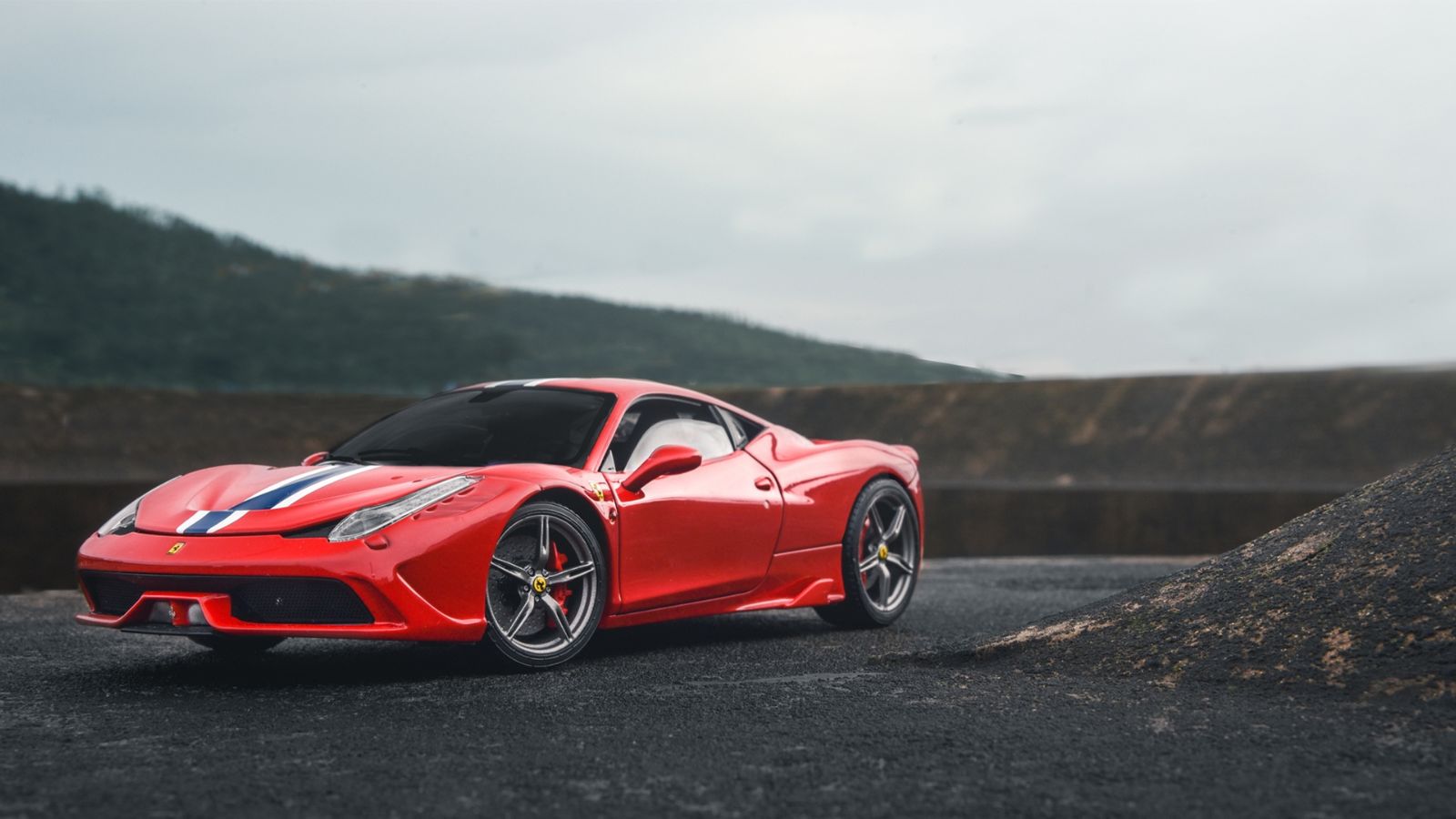
Designed by Pininfarina, the Ferrari 458 Italia isn’t just about raw power; it’s also a looker, featuring a sleek silhouette that makes it the envy of every traffic light. With a 4.5-liter naturally aspirated V8 singing behind your ears, it churns out 562 hp. Performance? Off the charts. Reliability? Surprisingly decent—provided you’re not using it as a daily grocery-getter.
Porsche Cayman GT4 (2015-Present)

With a 3.8-liter flat-six, the Cayman GT4 is more composed than the rear-heavy 911 but just as capable on the track. Unlike other Cayman models, the GT4 features track-focused enhancements, such as a reworked suspension borrowed from the Porsche 911 GT3, stiffer anti-roll bars, and upgraded aerodynamics, including a large rear wing and front splitter for increased downforce.
Acura NSX (1990-2005)

When Honda decided to go supercar, it didn’t mess around. The original NSX had a 3.0-liter V6 mounted in the middle and all the reliability you’d expect from a Honda. However, its lightweight aluminum body and impeccable handling made it a worthy competitor. Developed with input from Formula 1 legend Ayrton Senna, the NSX set new standards for driving dynamics, precision, and driver comfort.
Ford GT (2005-2006, 2017-Present)

When Ford brought back the GT, it was a love letter to their Le Mans-dominating GT40. But this time, the mid-mounted supercharged V8 was accompanied by modern tech. The newer GT uses a 3.5-liter twin-turbo V6, which doesn’t have quite the same rumble but packs a serious punch. Plus, the early 2000s GT is a collector’s dream, and the latest iteration is another piece of American engineering brilliance.
Lotus Evora (2009-2021)
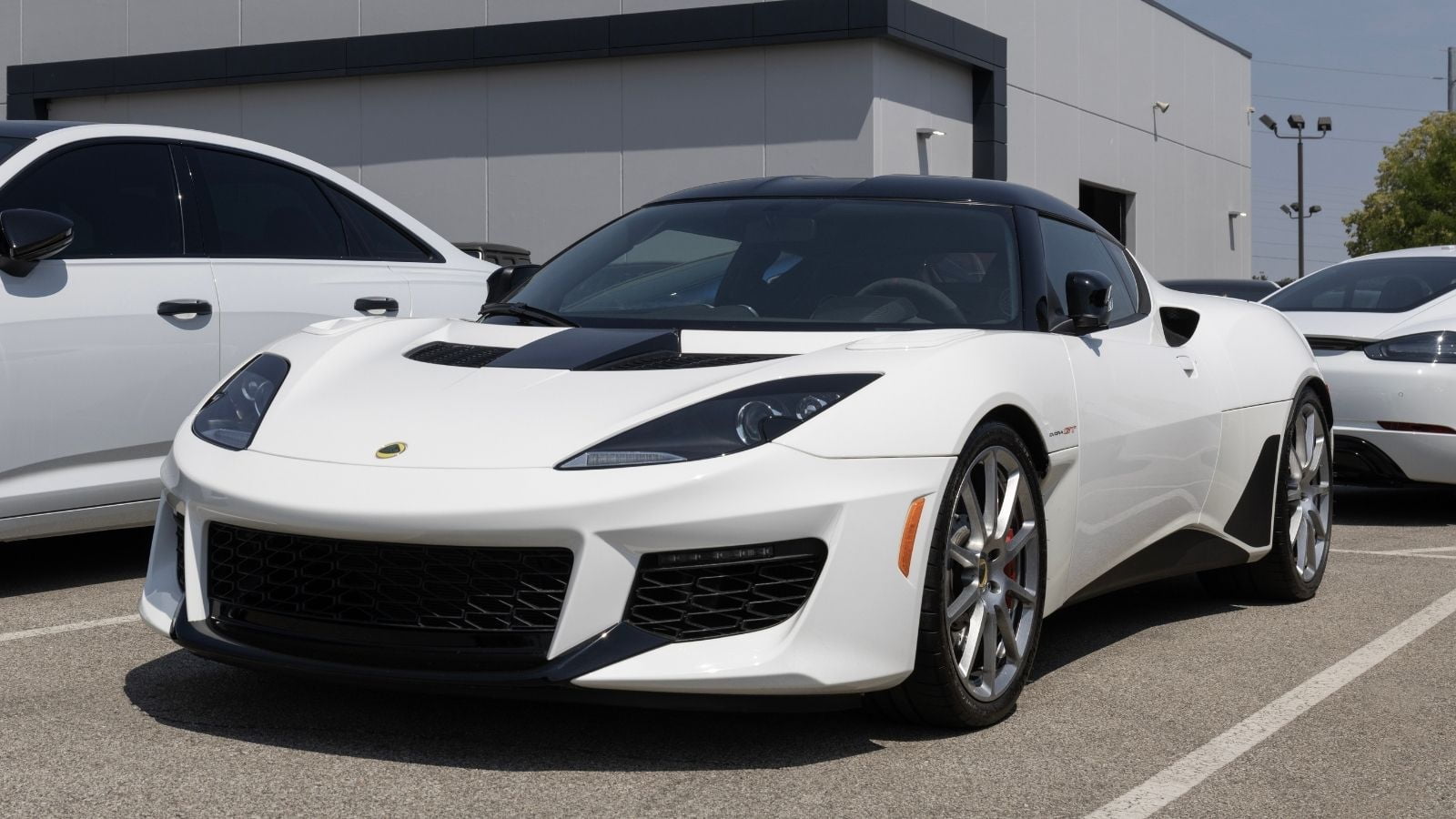
Like a perfect salad, the Lotus Evora is light, fresh, and satisfying. Powered by a Toyota-sourced 3.5-liter V6 engine, the Evora delivers between 276 hp (Evora) and 416 hp (Evora GT), depending on the variant. Thanks to its lightweight construction (starting at 3,168 lbs.), the Evora also offers exceptional handling and balance, making it ideal for both spirited driving and track use.
Ferrari F430 (2004-2009)
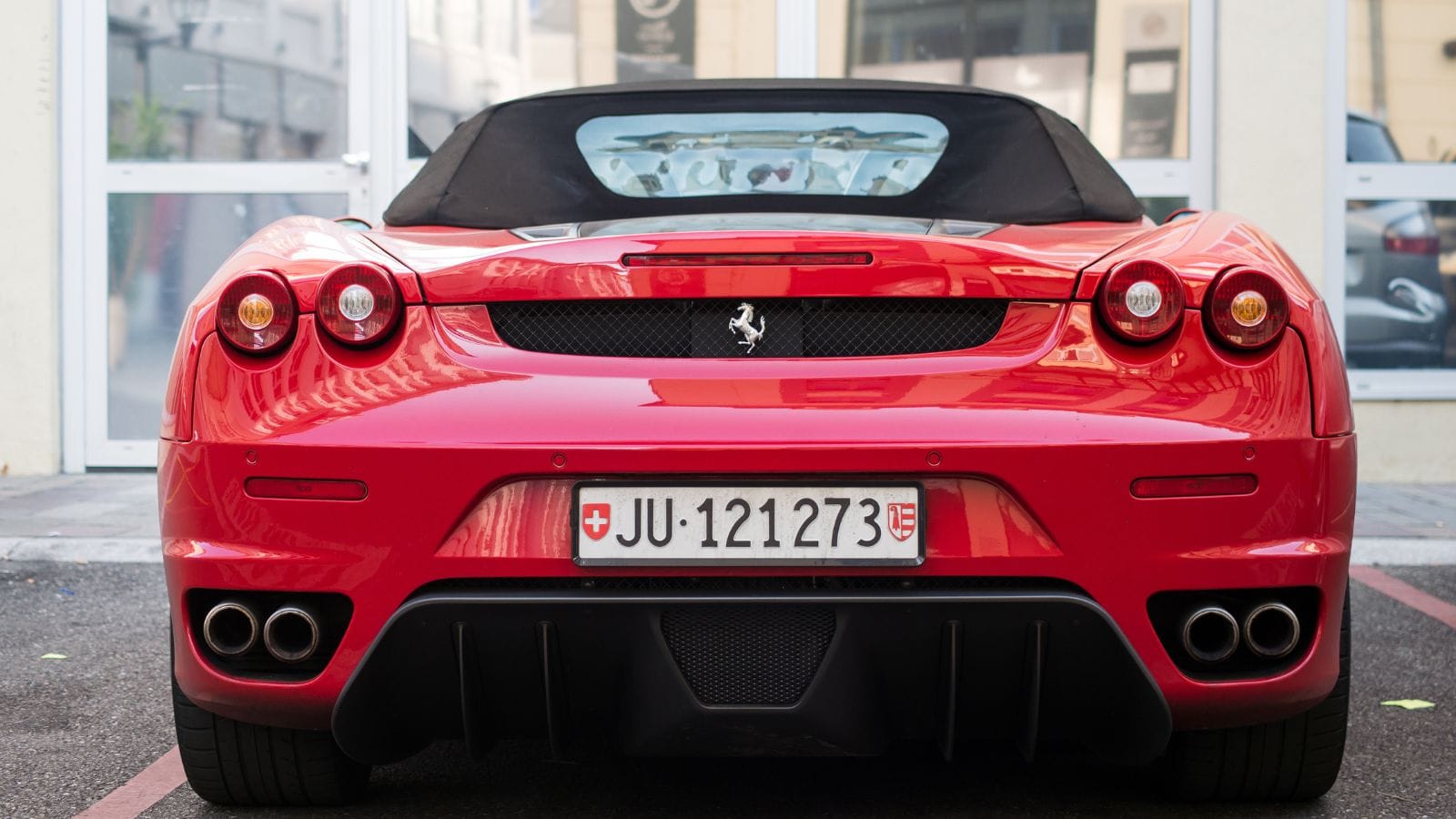
The F430 took Ferrari’s formula and improved on it. One of the car’s standout features is the E-Diff, Ferrari’s first electronically controlled differential, which optimized handling by distributing power between the rear wheels. The F430 also introduced the Manettino dial, allowing drivers to toggle between modes for varying road conditions. Also, with a 4.3-liter V8 under the hood, it pumped out 483 hp, and, as for reliability, it’s a Ferrari, so “reliable” means “less unreliable than before.”
Lamborghini Huracán (2014-Present)
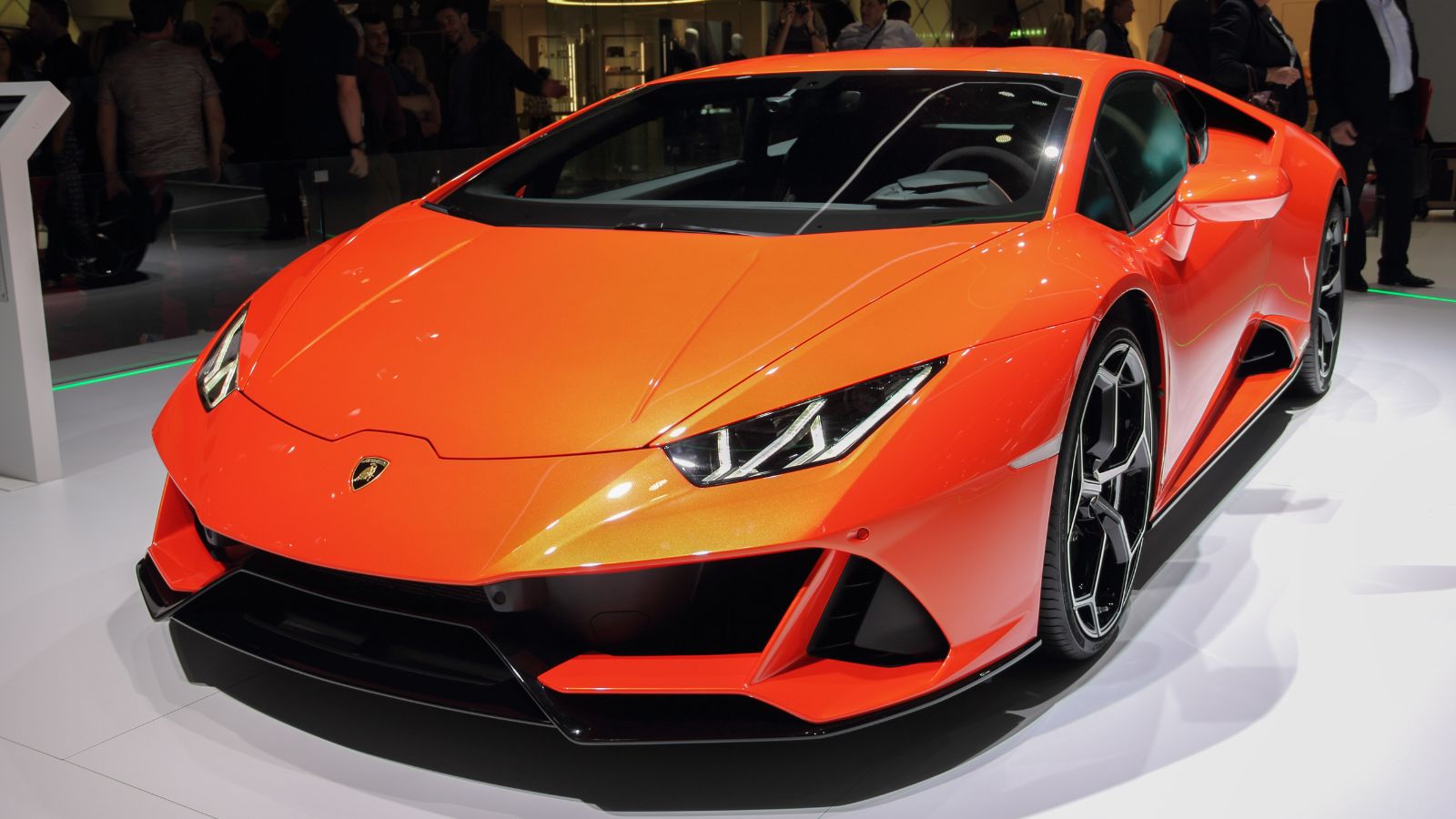
The Huracán’s use of lightweight materials like aluminum and carbon fiber keeps its weight down, improving performance and fuel efficiency. The V10 engine is showcased beneath a glass panel, highlighting the car’s power at a glance. That’s right. Basically, the German influence here has ensured that the Huracán spends more time on the road and less time in the garage.
Audi R8 (2006-Present)
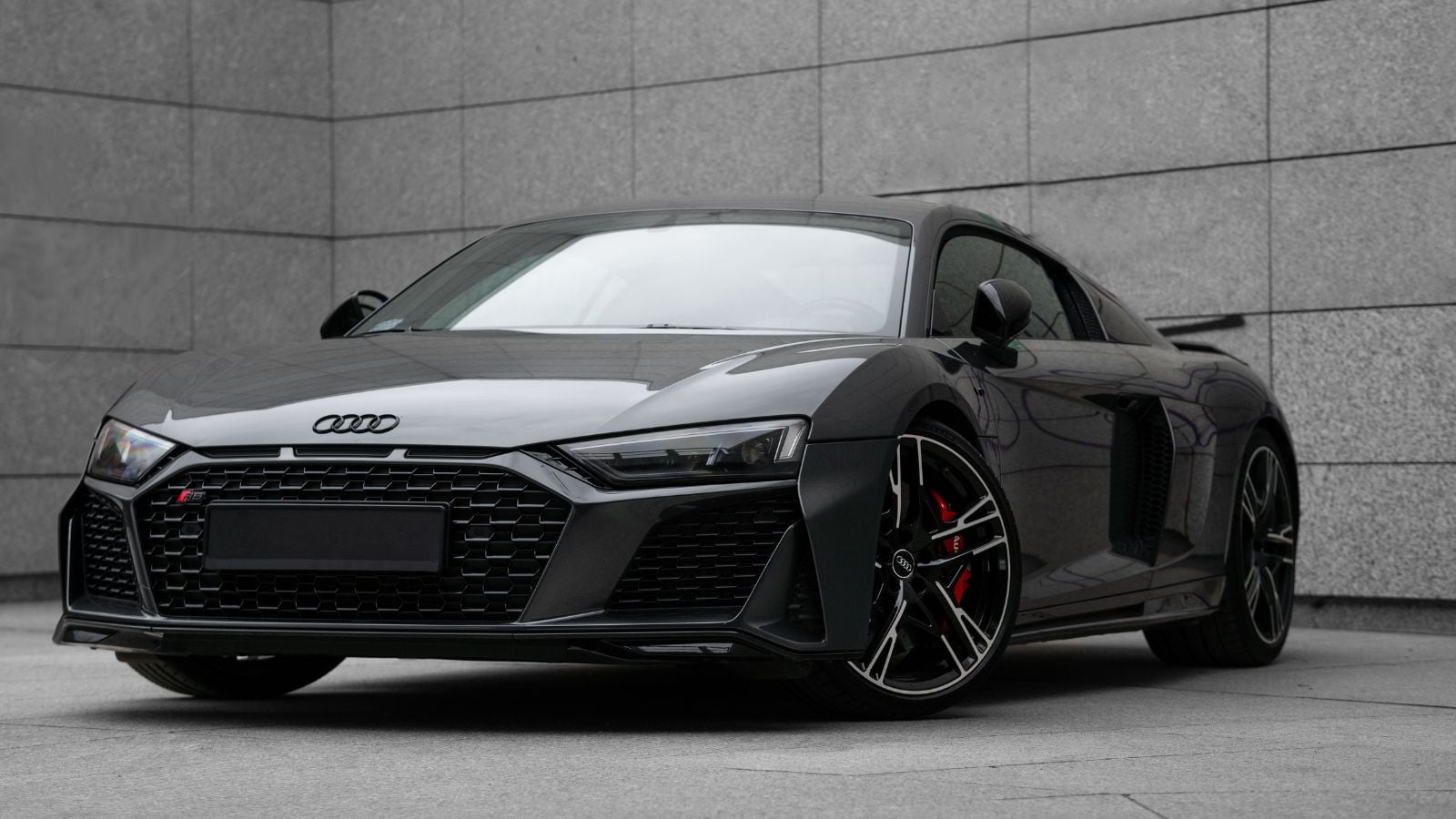
Designed by Walter de Silva, the R8’s striking exterior features sharp lines and an aggressive stance, complemented by the signature Single-frame grille. Available in coupe and spyder variants, the R8 is also powered by a naturally aspirated V10 or a twin-turbo V6, delivering exhilarating performance—0 to 60 mph in just 3.2 seconds for the V10 Plus variant. Audi has practically engineered this mid-engine machine to be as home on a track as it is in your driveway.
McLaren 720S (2017-Present)
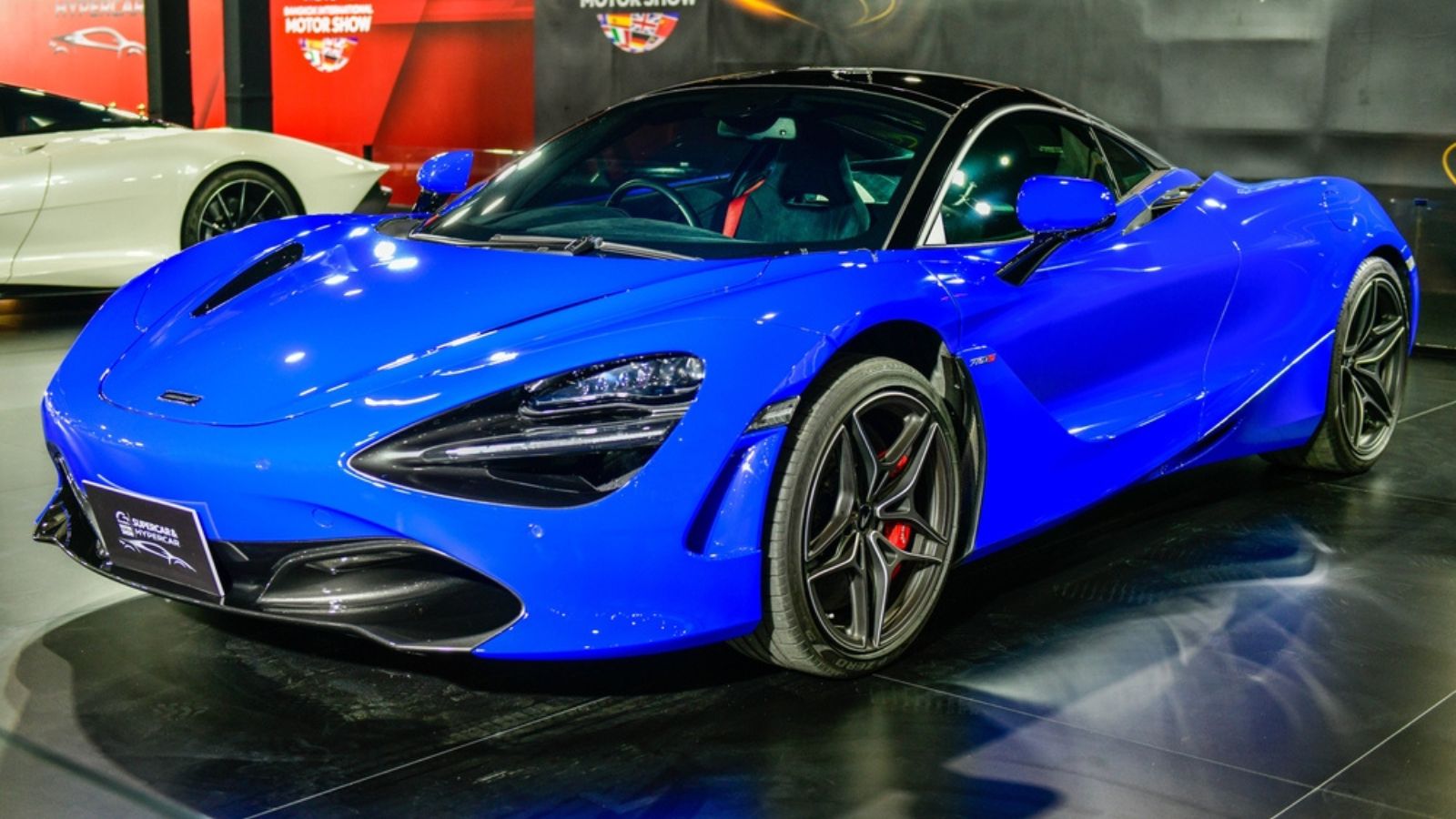
McLaren’s 720S is built on McLaren’s lightweight Carbon Fiber Monocage II chassis, weighs just 1,419 kg (3,131 lbs.), and boasts a striking aerodynamic profile. Its design features dihedral doors that open upwards, enhancing accessibility while adding to its exotic allure. Plus, powered by a 4.0-liter twin-turbo V8, it rockets to 60 mph in under three seconds. While earlier McLaren models had some teething issues, the 720S is far more polished, and with proper maintenance, it holds up well.
Toyota MR2 (1984-2007)
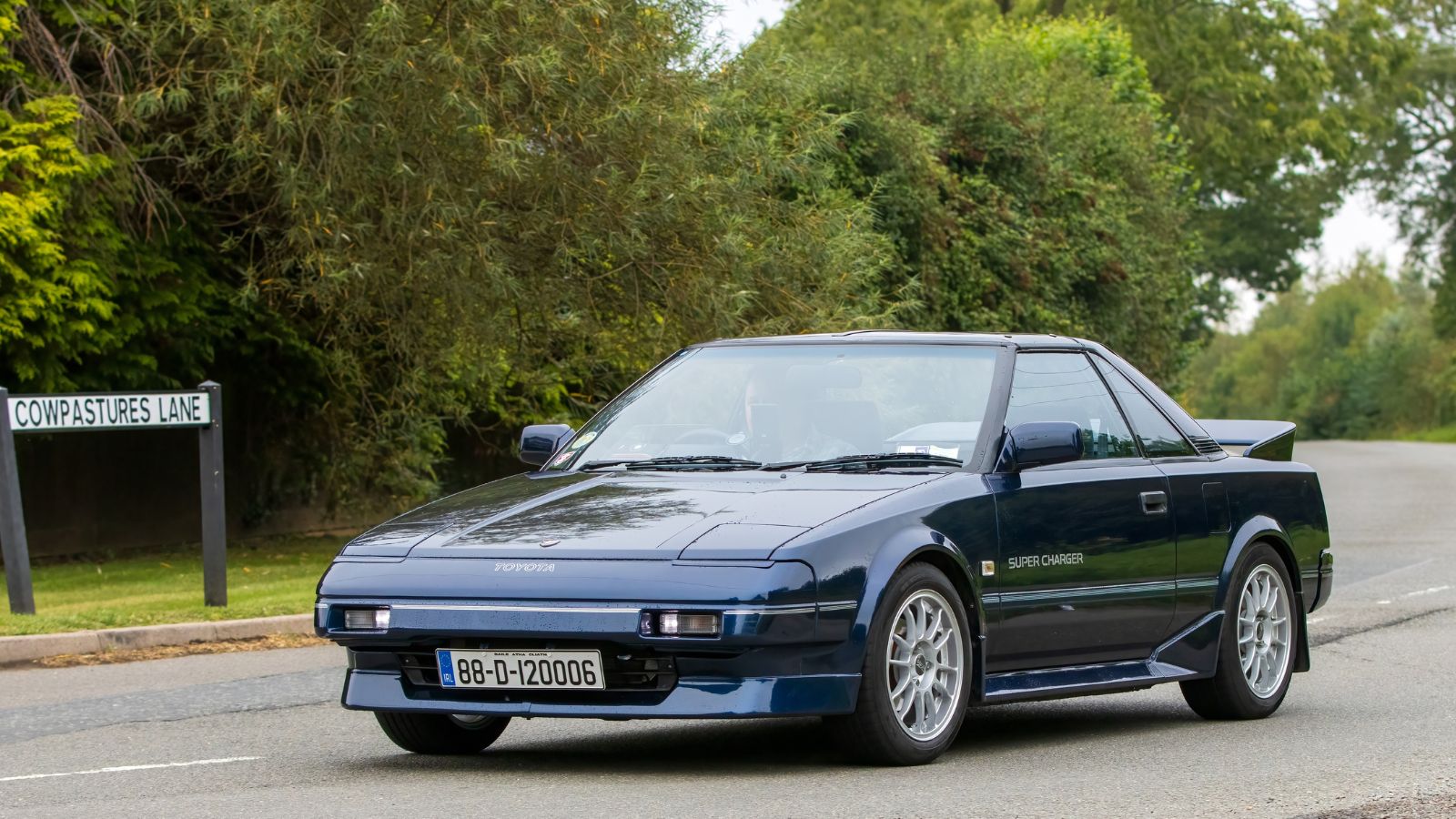
Toyota’s MR2 may not be a supercar but a mid-engine icon. It packs a punch in three generations (AW11, SW20, and ZZW30) with engine options ranging from a 1.6-liter inline-four to a turbocharged 2.0-liter. The second-gen SW20 is particularly loved for its balance and handling, earning it the nickname “the poor man’s Ferrari.” Also, despite being a compact sports car, the MR2 boasts surprisingly good reliability, proving you can have fun without the constant fear of breaking down.
Lamborghini Countach (1974-1990)
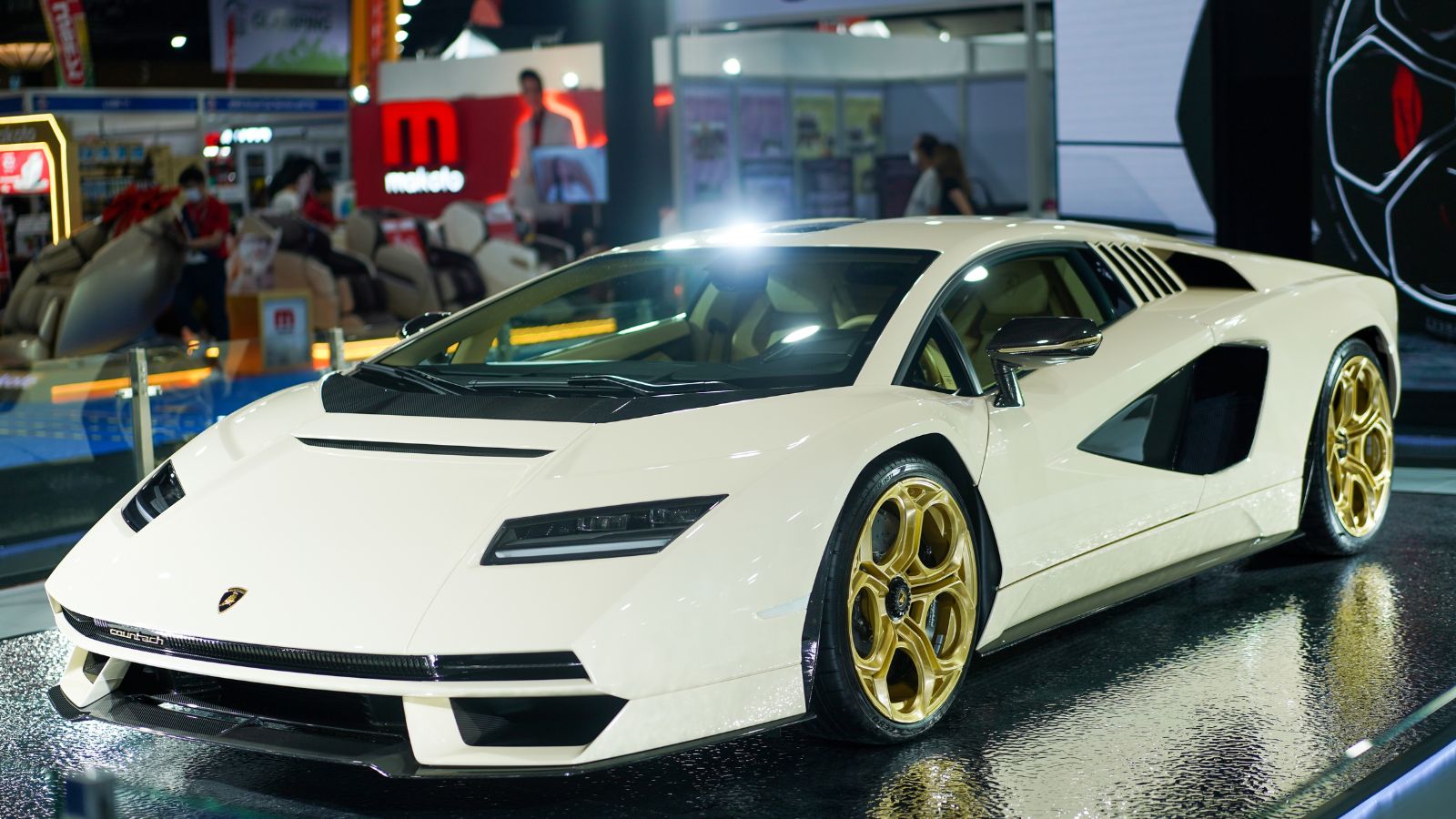
The Countach is as much a symbol of the ’80s as neon lights and synth music. It could hit 60 mph in just about 5.0 seconds, which was blistering back then. And, despite its glamorous status, the Countach was notorious for its quirks—like being so low that parking blocks felt like Mount Everest. But it’s still a rare breed today, often fetching millions at auctions, proving that timeless design and outrageous performance never go out of style.
Chevrolet Corvette C8 (2020-Present)
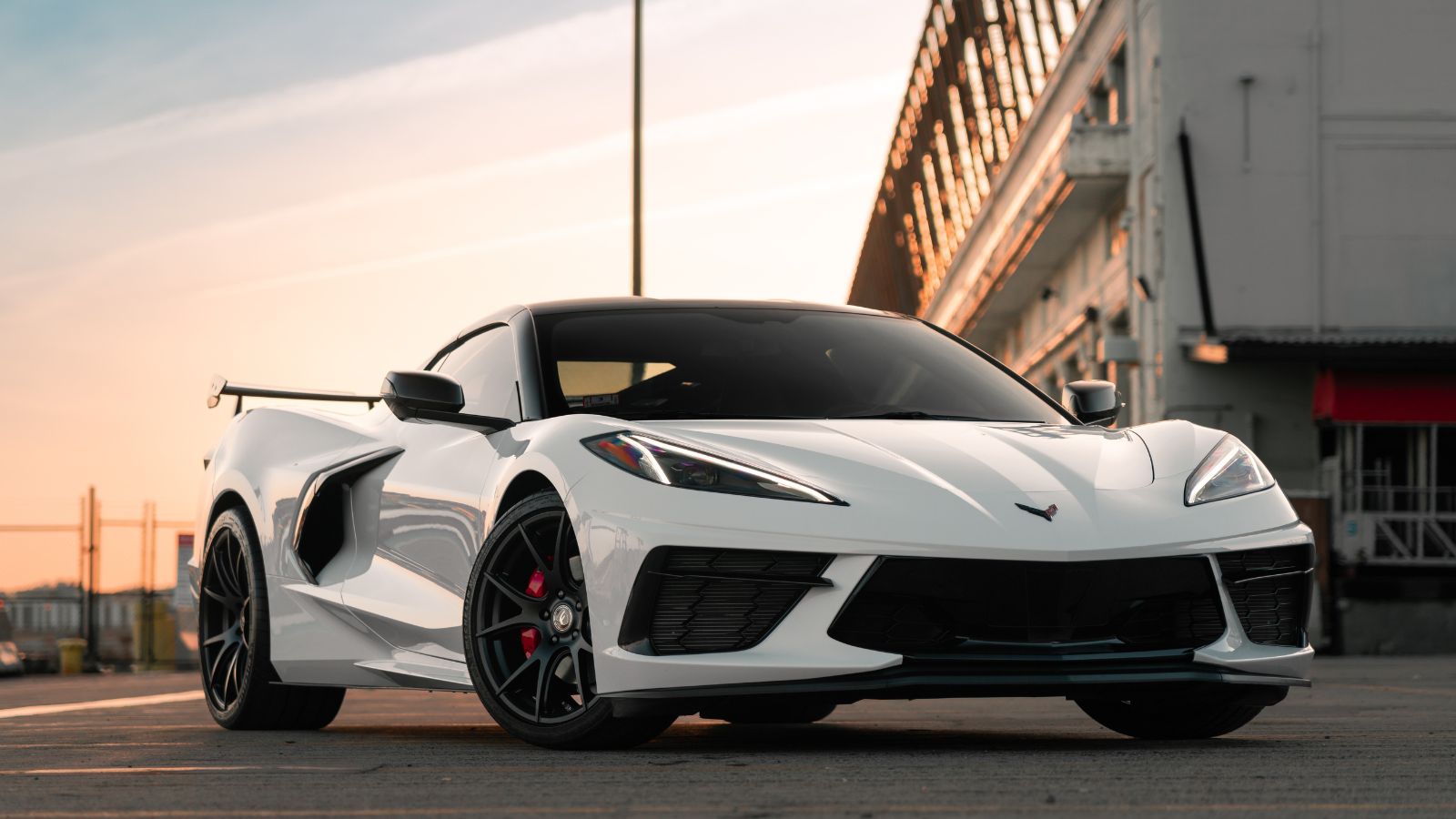
The Chevrolet Corvette C8, also affectionately known as the “Mid-Engine Marvel,” made its grand debut in 2020, flipping the sports car world upside down (literally, as it shifted from front-engine to mid-engine). With a feisty 6.2-liter V8 churning 495 horsepower, it rockets from 0 to 60 mph in a mere 2.8 seconds. Thanks to its robust build quality and Chevy’s no-nonsense engineering, this beauty can handle daily driving without throwing a tantrum like some of its exotic cousins.
Ferrari 308 GTB/GTS (1975-1985)
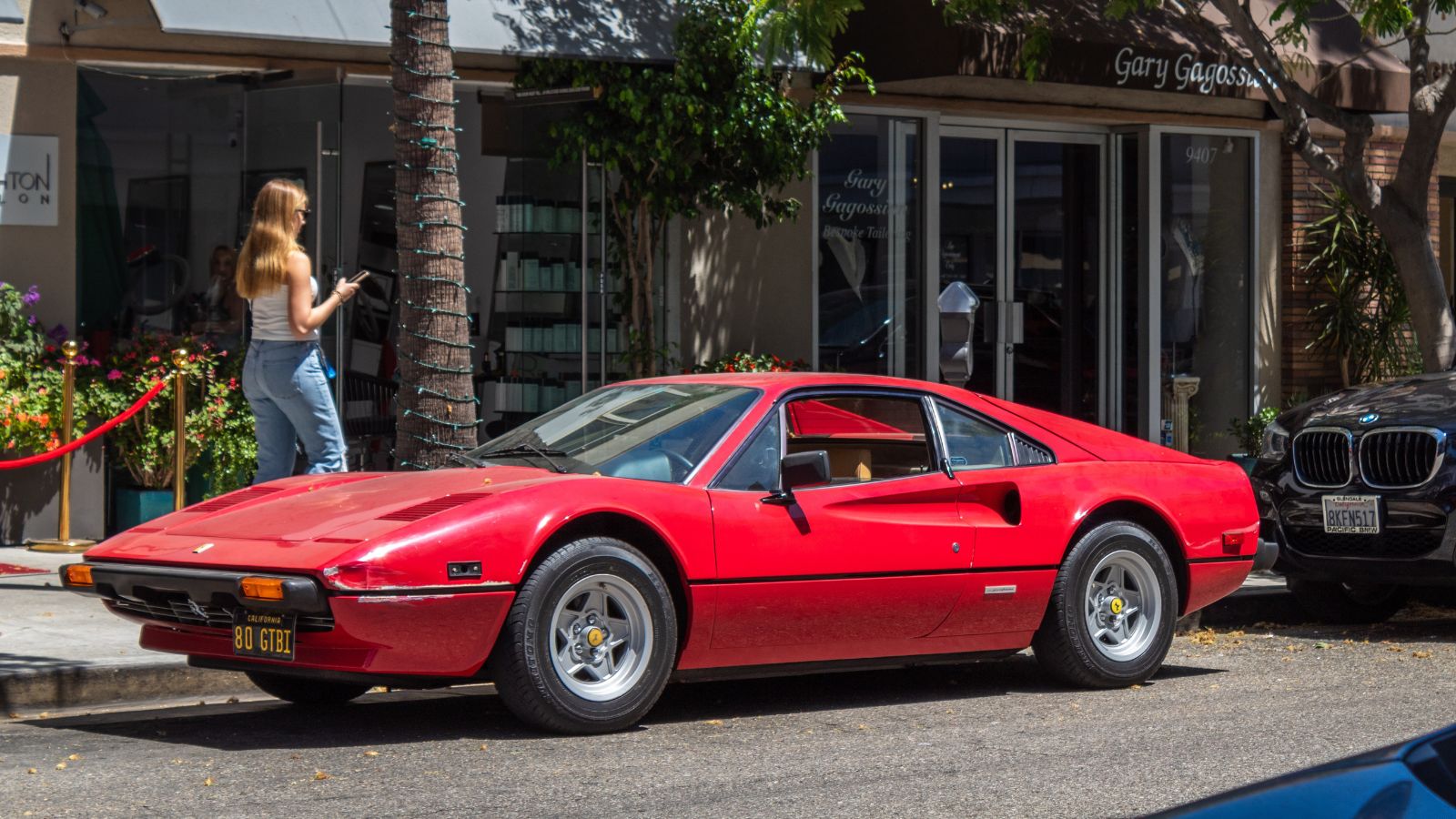
The 308 may be forever associated with Magnum PI, but this V8-powered machine was more than a TV star. Its Pininfarina design ensured that heads turned faster than the engine revs. Now, let’s talk permanence: while Ferraris are notorious for being a little high-maintenance, the 308 is surprisingly resilient, thanks to its more straightforward mechanical setup. This classic can age like fine wine with proper care—think of regular oil changes and avoid parking on steep hills.
Pagani Huayra (2012-Present)
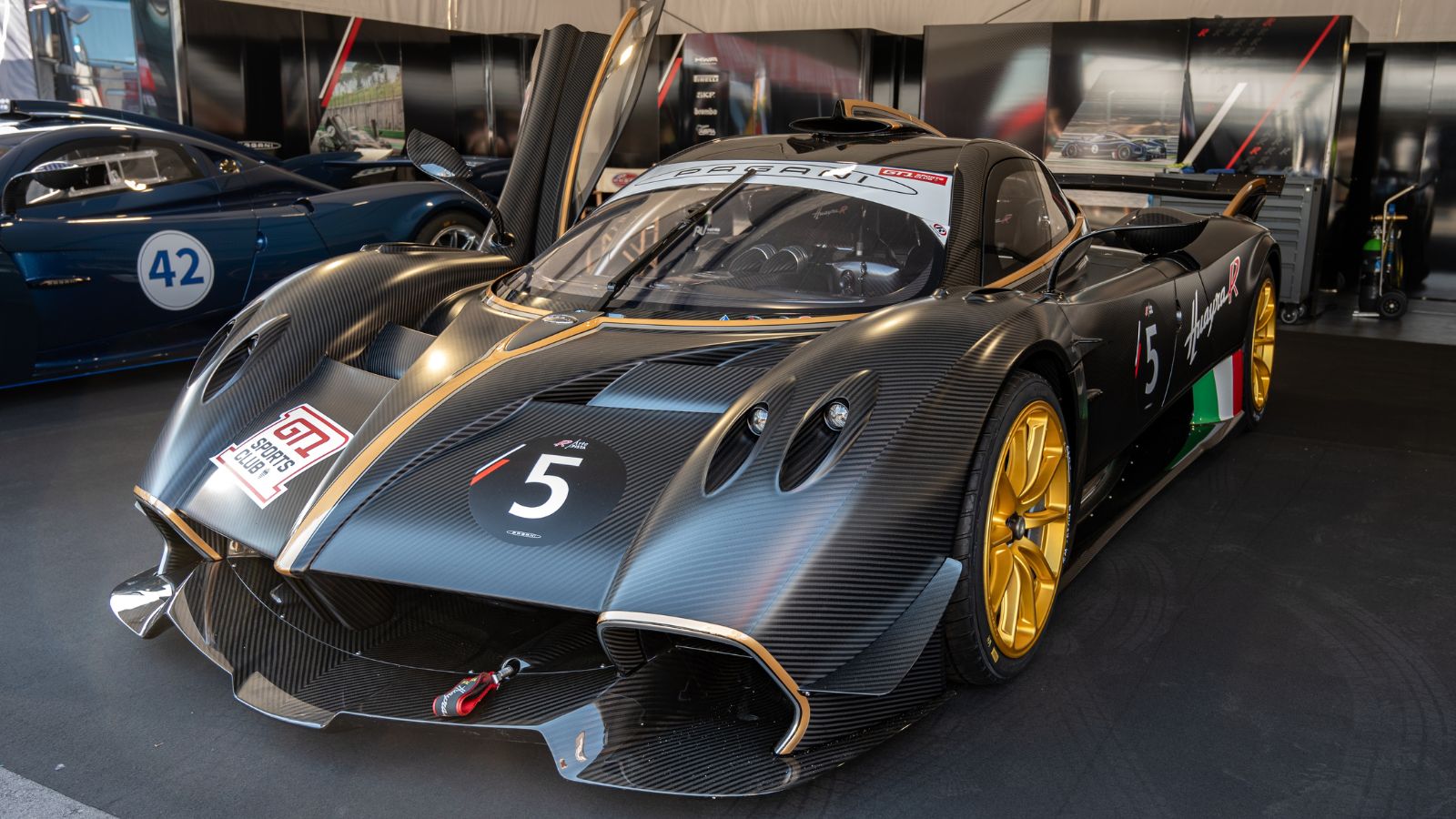
Pagani doesn’t just build cars—they create works of art. The car’s aerodynamic design, featuring active aerodynamics, means it can corner like it’s on rails—if those rails were made of pure carbon fiber and dreams. But, with a price tag that can make a mortgage seem reasonable, proper care is essential. Fortunately, Pagani ensures each car is crafted with meticulous attention, meaning if you can afford the insurance, you’ll likely enjoy its stunning presence for years to come.
Lamborghini Miura (1966-1973)

The Miura is widely credited as the first true supercar and the first to place the engine in the middle. While the build quality isn’t as bulletproof as a Toyota, these beauties are known to last when treated right. They may not be daily drivers, but their charm and performance have made them perennial classics, proving that true love sometimes stands the test of time—along with the occasional oil change.
Porsche 918 Spyder (2015)
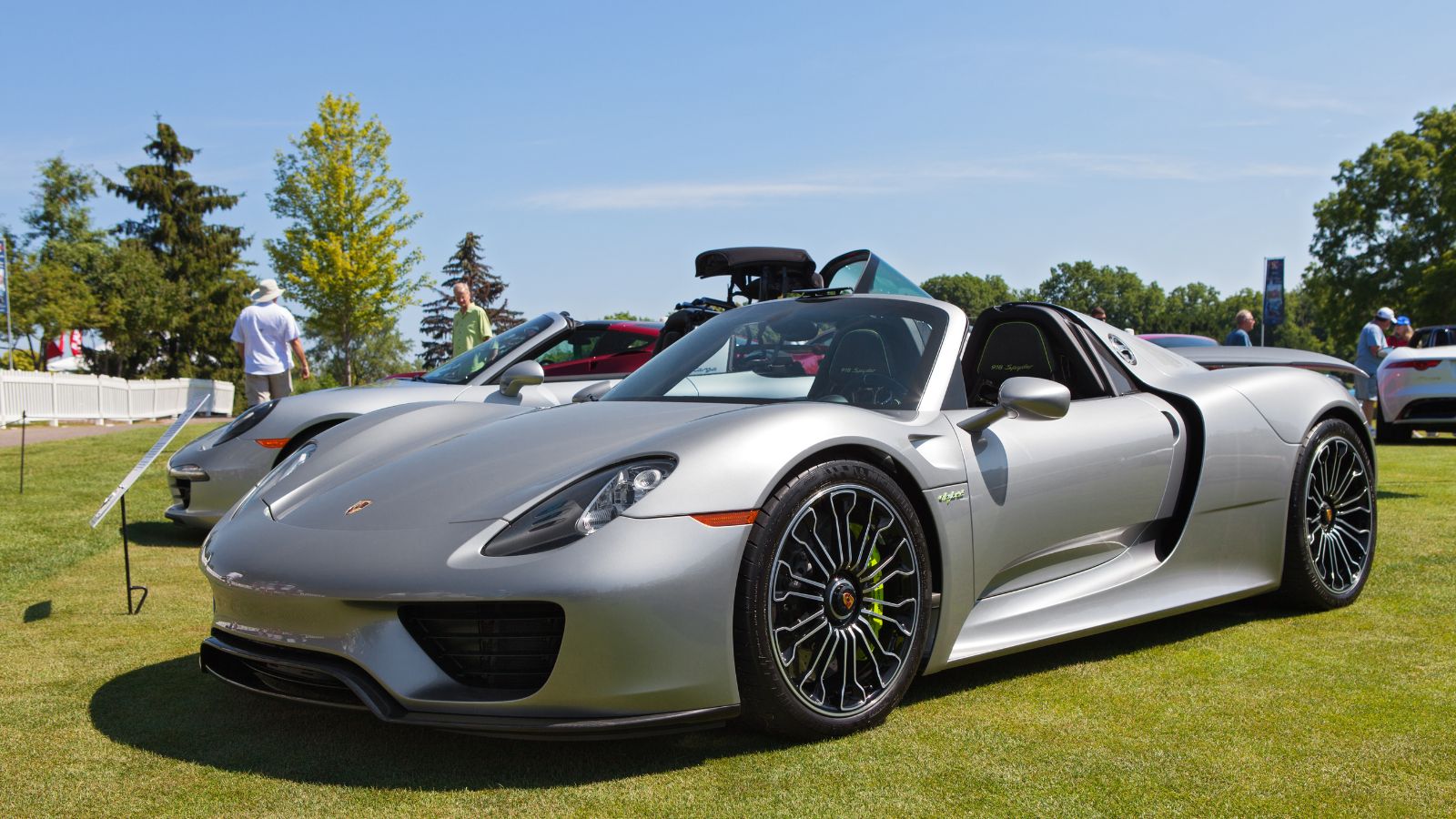
The 918 Spyder combined Porsche’s mid-engine magic with hybrid technology. With a top speed of 214 mph, the 918 is as much about performance as it is about charisma. Plus, it boasts an impressive electric-only range of about 12 miles—perfect for a quick trip to the local coffee shop while feeling eco-friendly! And let’s not forget the carbon fiber body, which keeps it light enough to make a feather jealous.
Noble M600 (2010-Present)
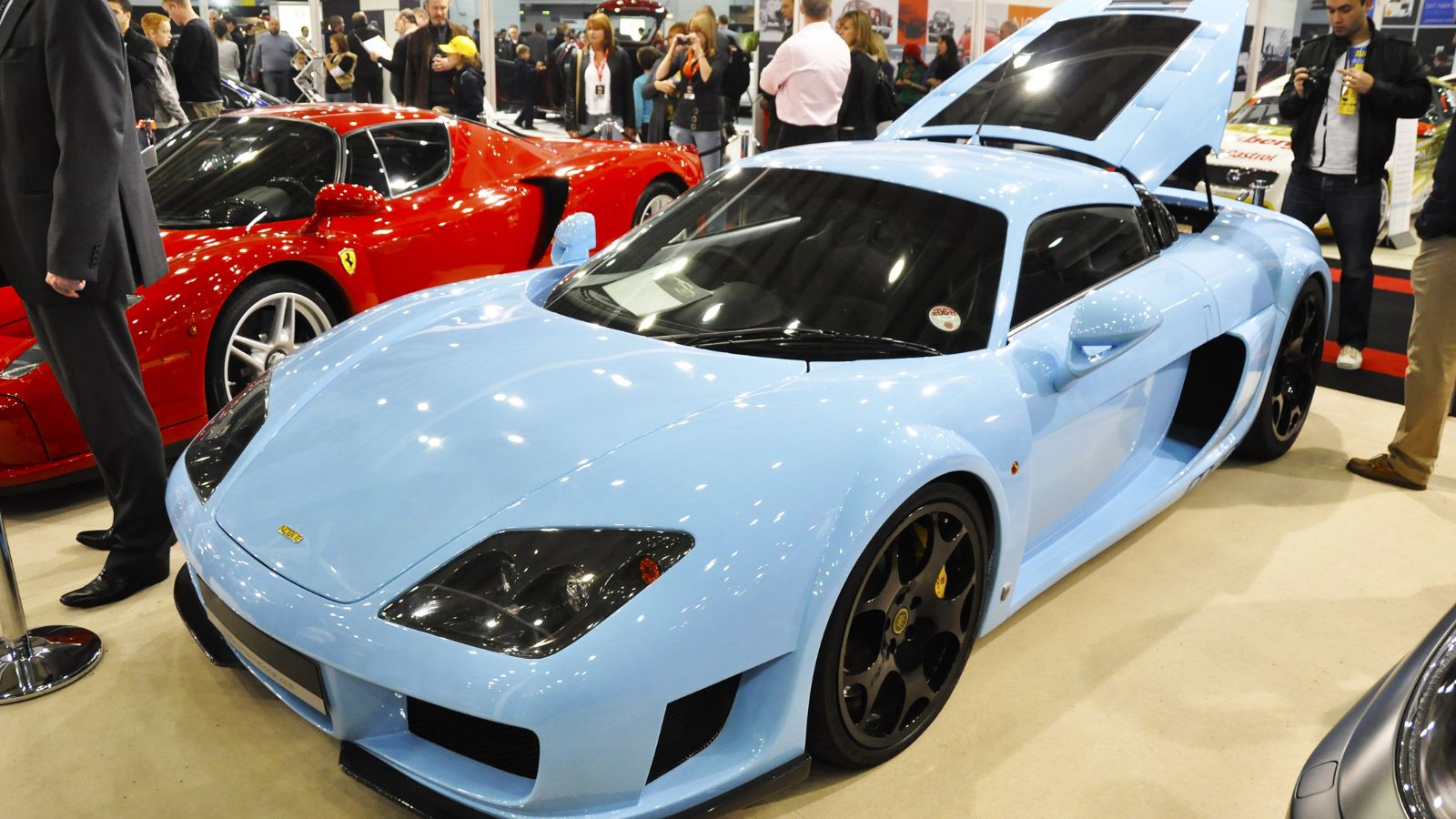
The Noble M600 is the car you buy if you want to impress the McLaren and Ferrari owners at your local track day. With a lightweight chassis made of aluminum and carbon fiber, the M600 weighs around 1,250 kg—perfect for rocket-like acceleration without the extra baggage. Rumor has it that this car can go from 0 to 60 mph in just 3.0 seconds.
Lotus Elise (1996-2021)
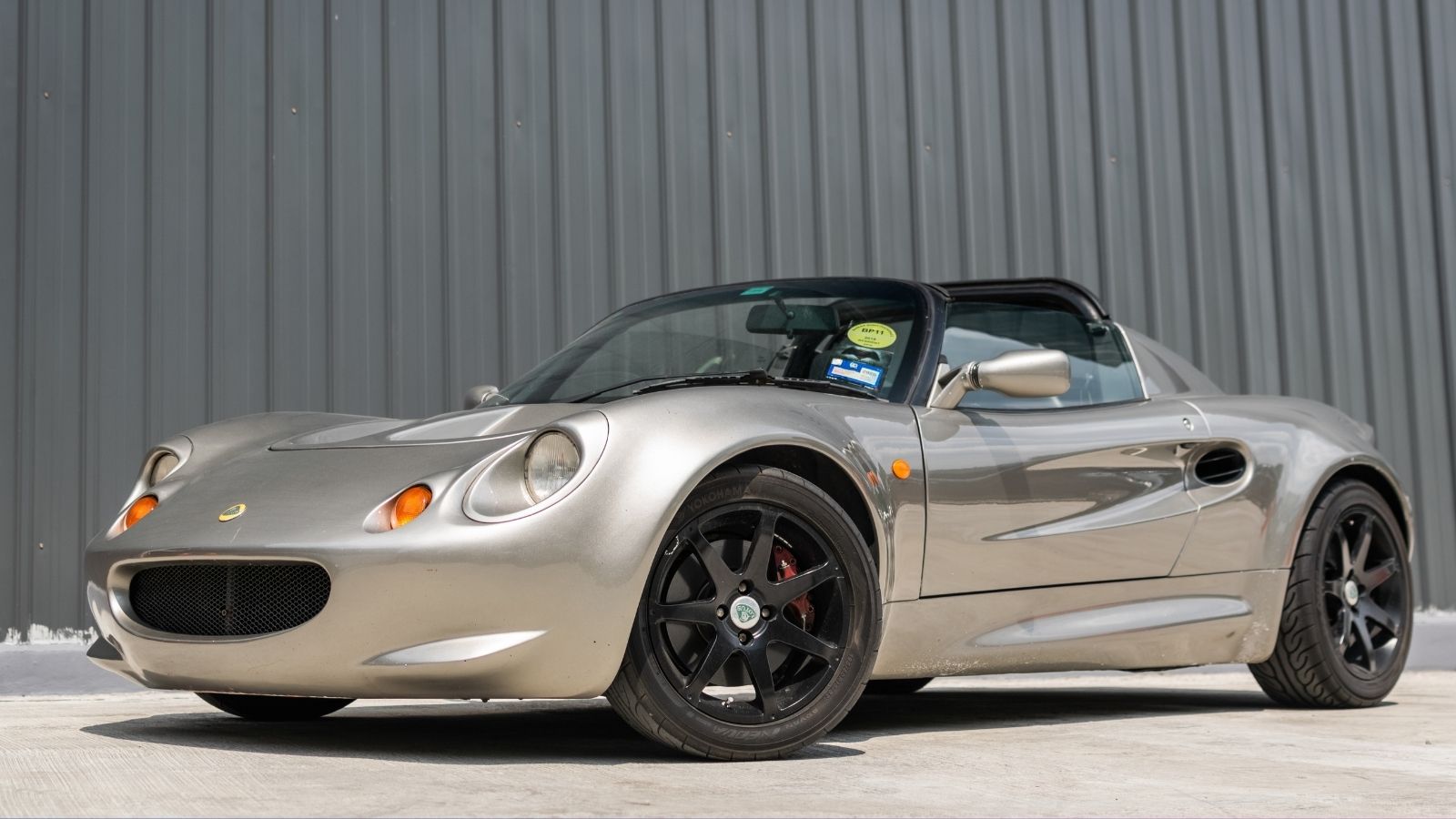
The Elise is proof that power isn’t everything. The Elise’s mid-engine layout and lightweight chassis mean it’s an absolute blast on twisty roads. Handling? You bet! With a 0-60 mph time of just over four seconds, it feels more like a roller coaster ride than a commute. Lotus has also perfected the art of making cars that are fun to drive while still refreshingly reliable. And the best part? You’ll likely outlast those fancier supercars in the long run.
Ferrari F40 (1987-1992)
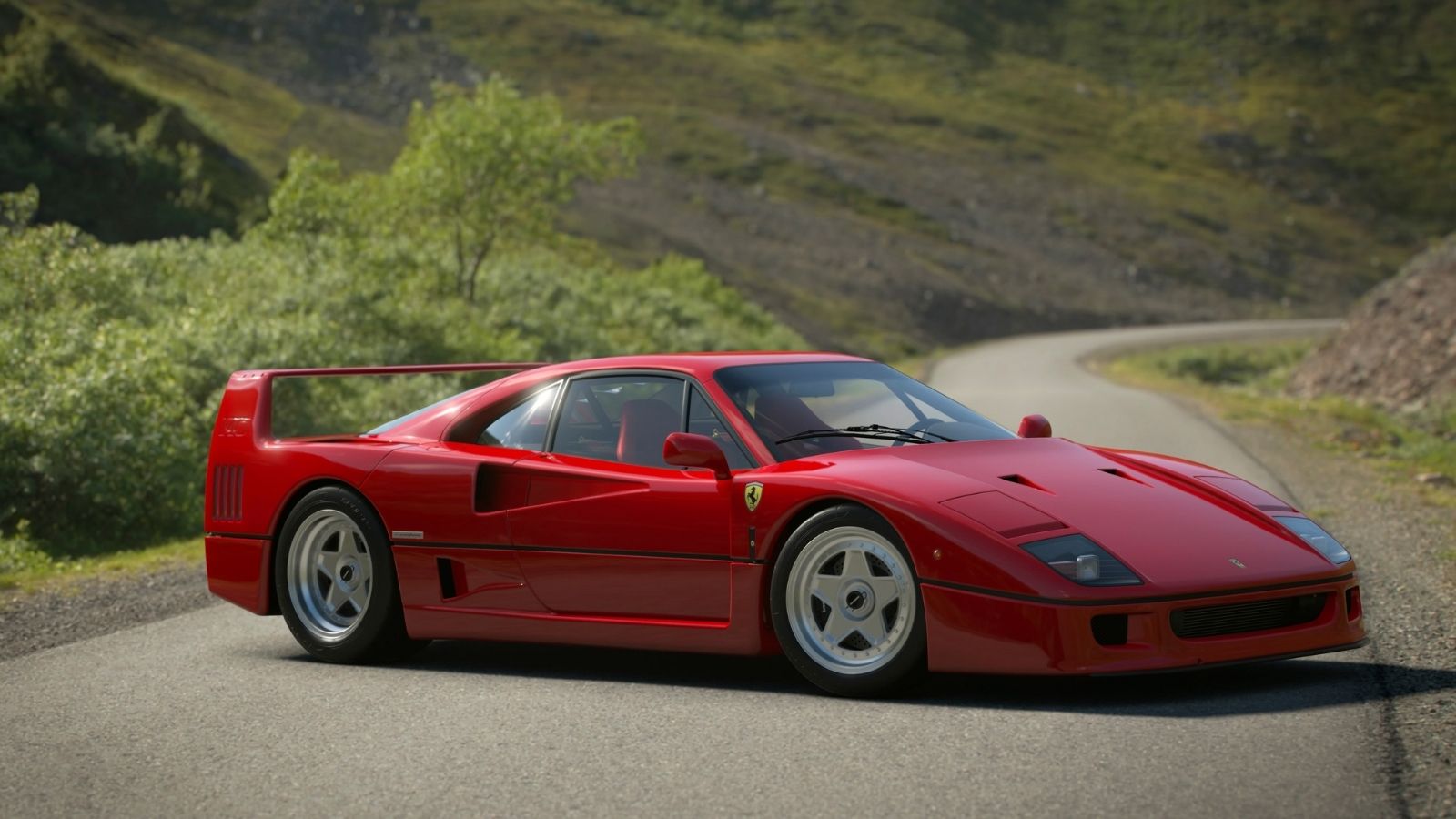
Designed by Pininfarina, the Ferrari F40 looks like a wild beast ready to pounce, with its iconic sharp lines and that legendary rear wing. Ferrari made only 1,315 of these bad boys, so spotting one is like finding a unicorn at a car show. Also, the F40 is all about raw driving pleasure; it has no electronic nannies, meaning it’s just you, the road, and the sweet, sweet sound of that turbo V8.
Jaguar XJ220 (1992-1994)

Initially designed with a V12, the Jaguar XJ220 eventually launched with a twin-turbo V6. While it didn’t meet the lofty expectations set by its concept, this feline still managed to pounce to 0-60 mph in just 3.6 seconds and reached a top speed of 217 mph, making it one of the fastest production cars of its time. Plus, with its sleek, aerodynamic design and a chassis made of lightweight aluminum, the XJ220 was a real head-turner.
McLaren F1 (1992-1998)
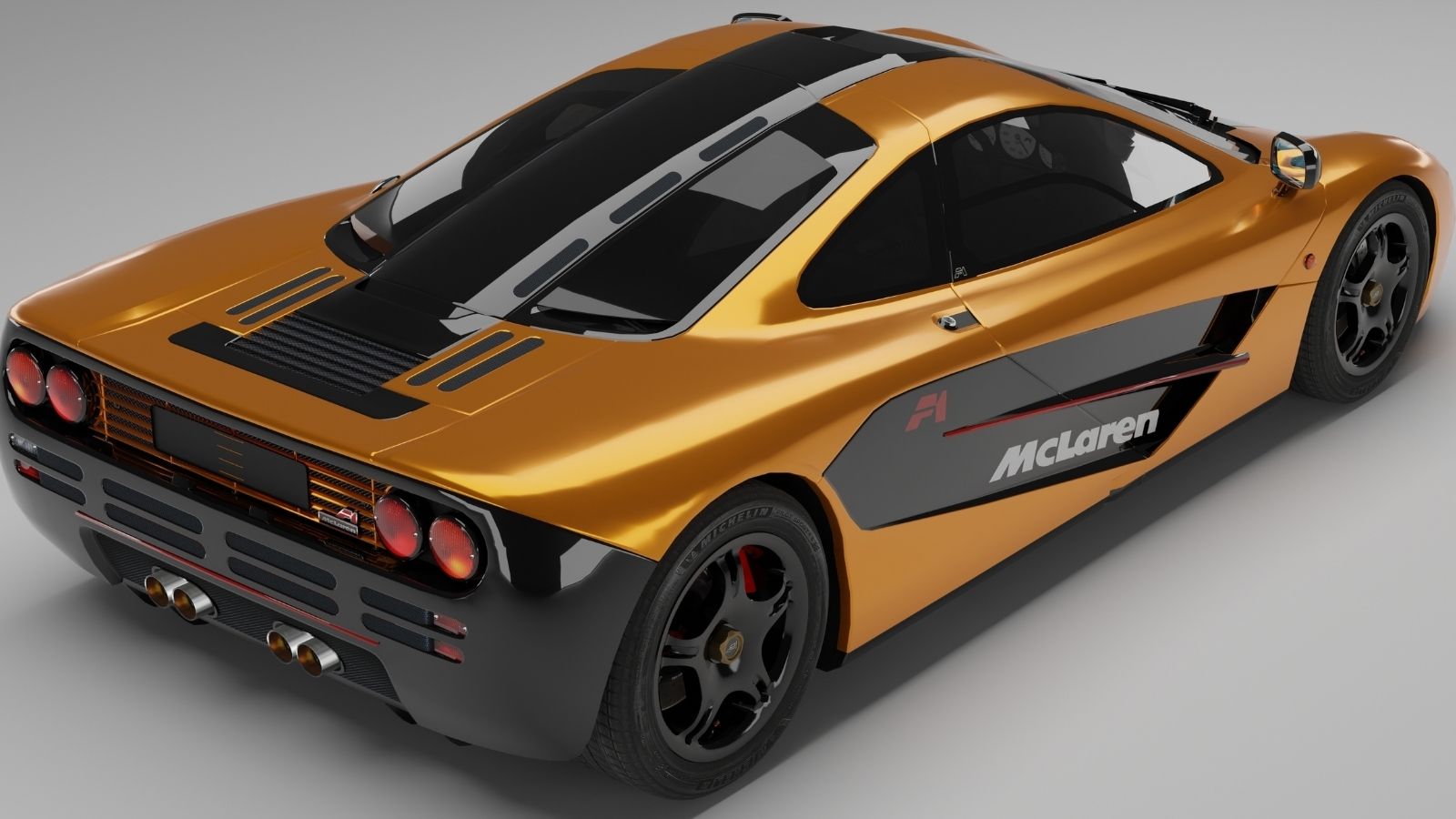
The McLaren F1, launched in 1992, is often hailed as the most incredible supercar ever. Gordon Murray’s design features a unique mid-engine layout and a central driving position, enhancing driver visibility and control. Its innovative design elements, such as gold-lined engine compartments for heat dissipation, underscore McLaren’s engineering prowess. The F1 remains a benchmark for performance and is celebrated for its blend of speed, luxury, and cutting-edge technology.
Alfa Romeo 4C (2013-2020)
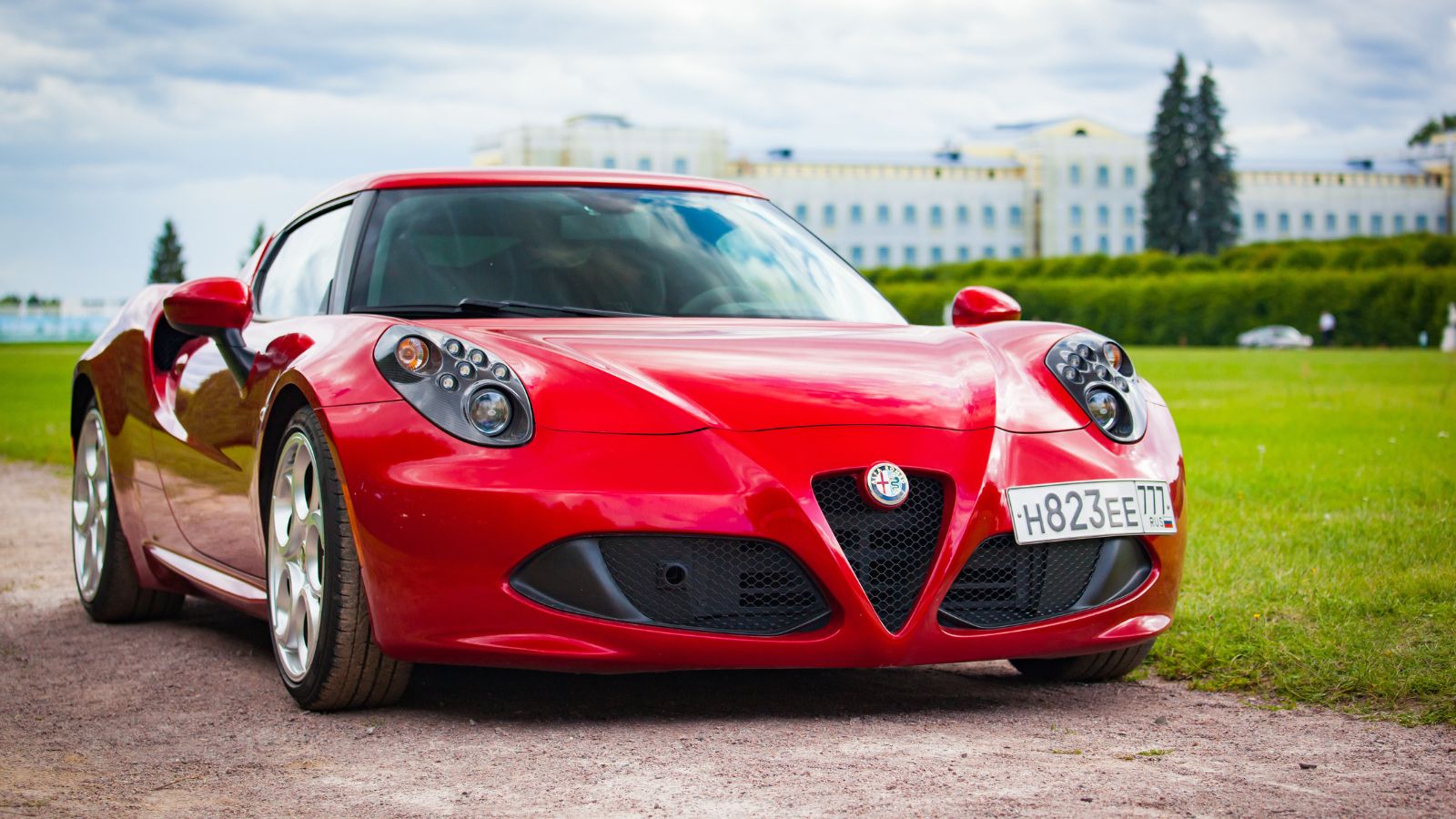
The Alfa Romeo 4C is a tiny, mid-engine rocket powered by a turbocharged 1.75-liter inline-four. Its design is inspired by Alfa’s racing heritage, with its sculpted lines and aggressive stance. It boasts a unique “natural sound” system that amplifies the engine’s roar. Although it has faced criticism for its limited practicality and ride comfort, the 4C remains a favorite among enthusiasts for its purity and driving experience.
Koenigsegg Agera RS (2015-2018)
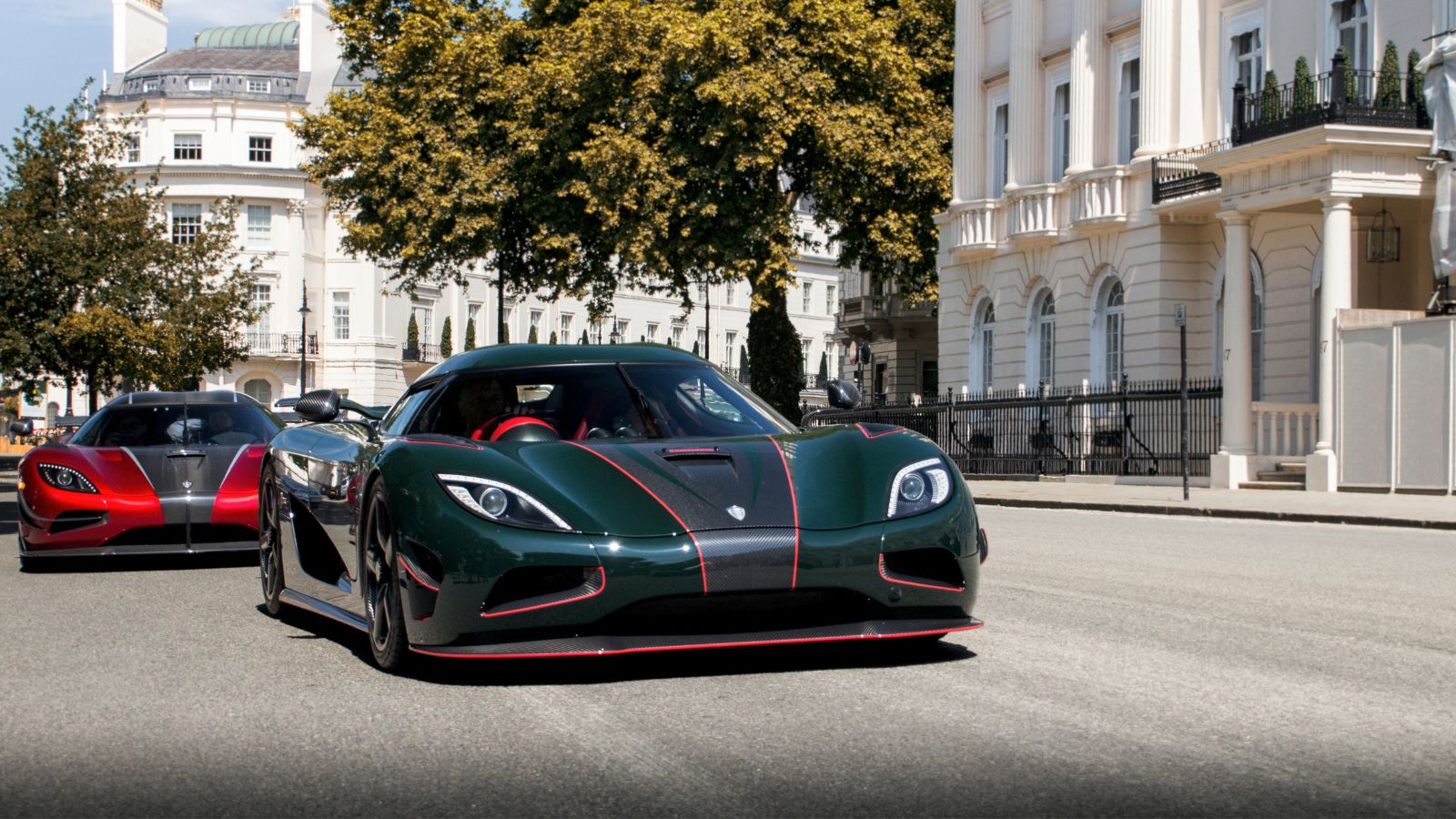
The Koenigsegg Agera RS is the hypercar equivalent of a performance-enhancing drug—only legal and far more stylish. Not content with being fast, the Agera RS also snatched the world’s fastest production car title in 2017, hitting 277.9 mph—essentially turning “top speed” into “hold my drink.” Koenigsegg crafts each Agera RS precisely, making Swiss watches resemble assembled toddler watches. The carbon fiber monocoque ensures it remains light yet robust, while advanced engineering keeps it running smoother than a well-oiled machine.
Ruf CTR3 (2007-Present)
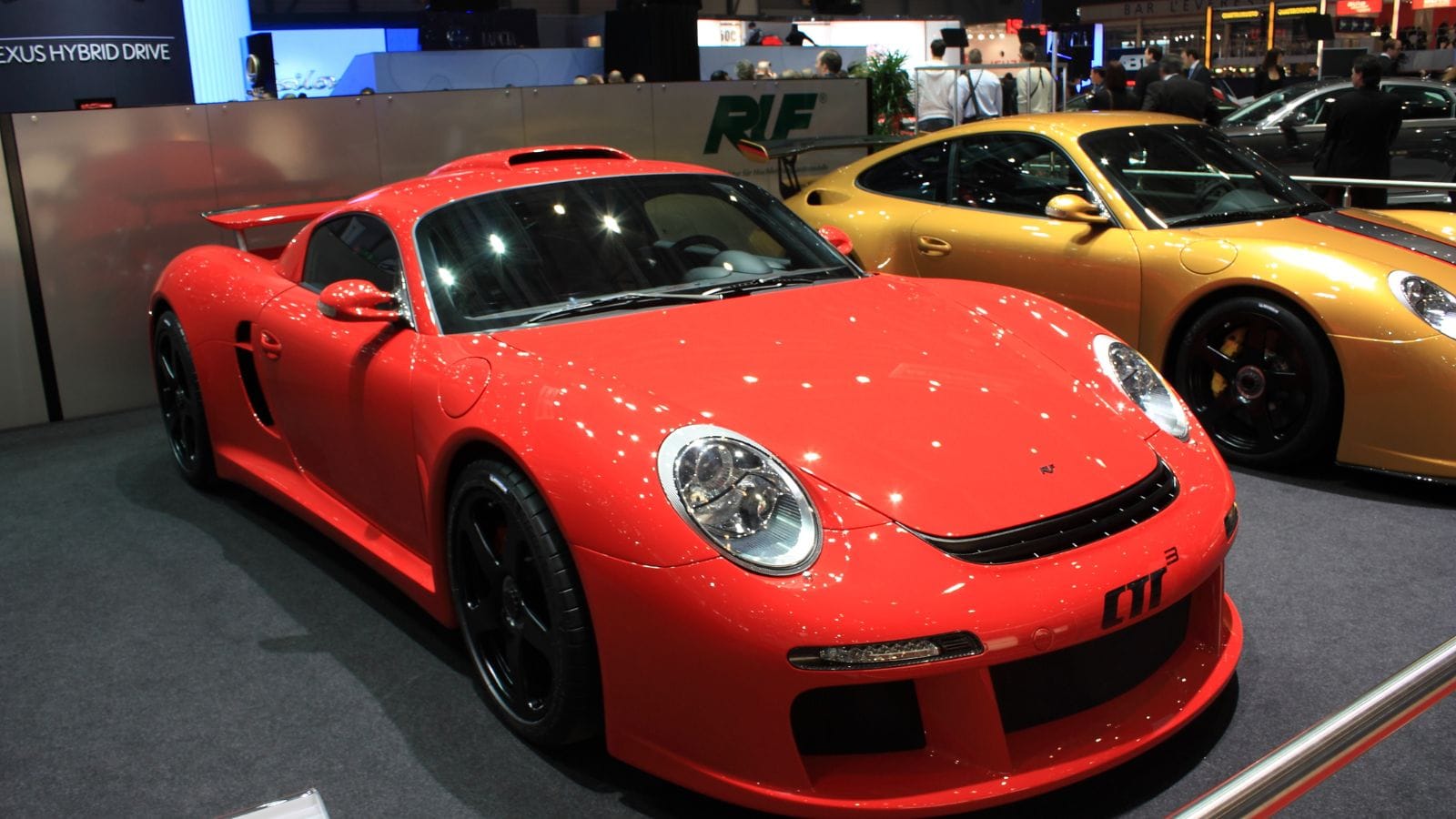
Ruf, known for tuning Porsches to within an inch of their lives, created the CTR3 from the ground up. With enough power to make you question your life choices—especially when trying to keep it under the speed limit, the CTR3 also features a lightweight carbon fiber body, weighing just over 3,000 pounds, meaning it can zoom from 0 to 60 mph in about 3.2 seconds. The CTR3 is rare, with only 30 units produced, making it a collector’s dream and a constant headache for insurance agents.
Honda S660 (2015-2022)
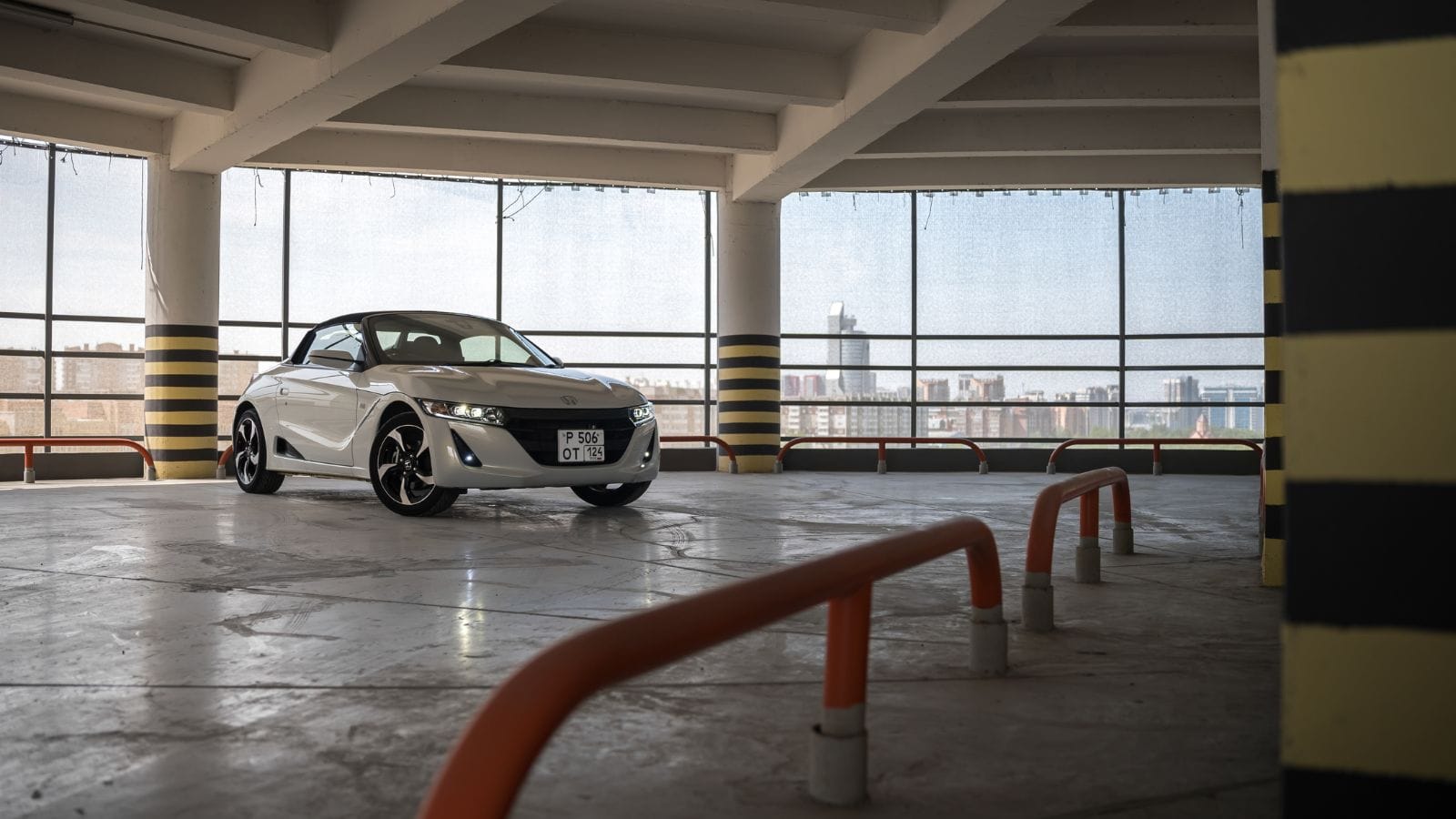
The Honda S660 is a small but mighty Kei car with a mid-engine and rear-wheel-drive, offering joy in a bite-sized package. Its 660cc engine won’t win any drag races, but it’s hard to beat for sheer driving fun. Plus, it’s cute, and its convertible design lets you enjoy the breeze while pretending you’re in a summer blockbuster. Although it’s not available in the US (thanks to those pesky regulations), it remains a beloved choice in Japan, proving that sometimes, good things come in small, delightful packages.
12 Cars That Are Known for Their Unbreakable Reliability — They Just Don’t Quit
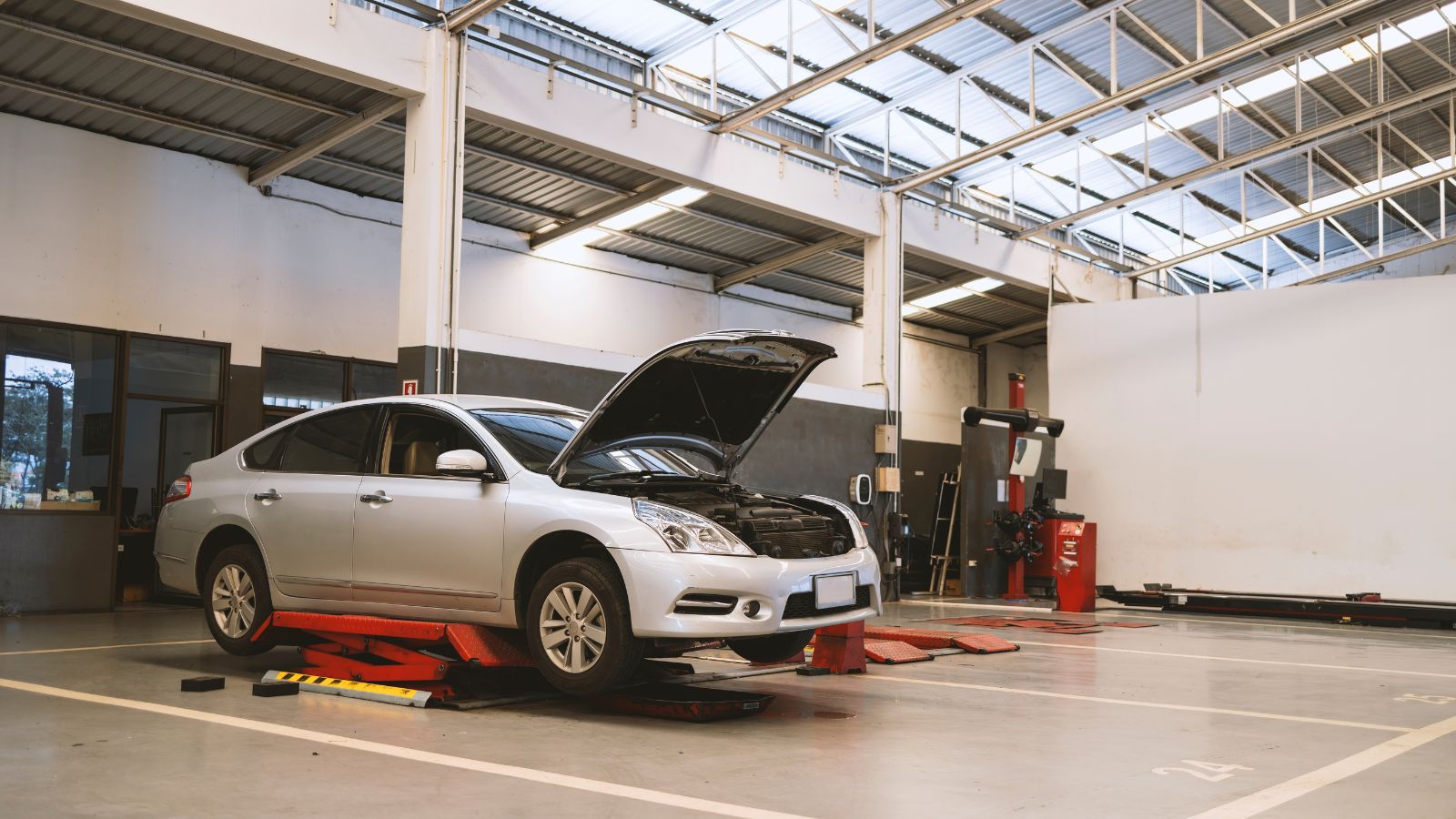
Reliability is a core feature that defines a vehicle. Over the last few decades, some vehicles have emerged as a reliable and durable option, standing out as workhorses that never quit. These vehicles not only prove themselves in terms of performance but transcend their role and become reliable partners, always fulfilling their role. Here are 12 Cars known for their unbreakable reliability.
12 Cars That Are Known for Their Unbreakable Reliability — They Just Don’t Quit
